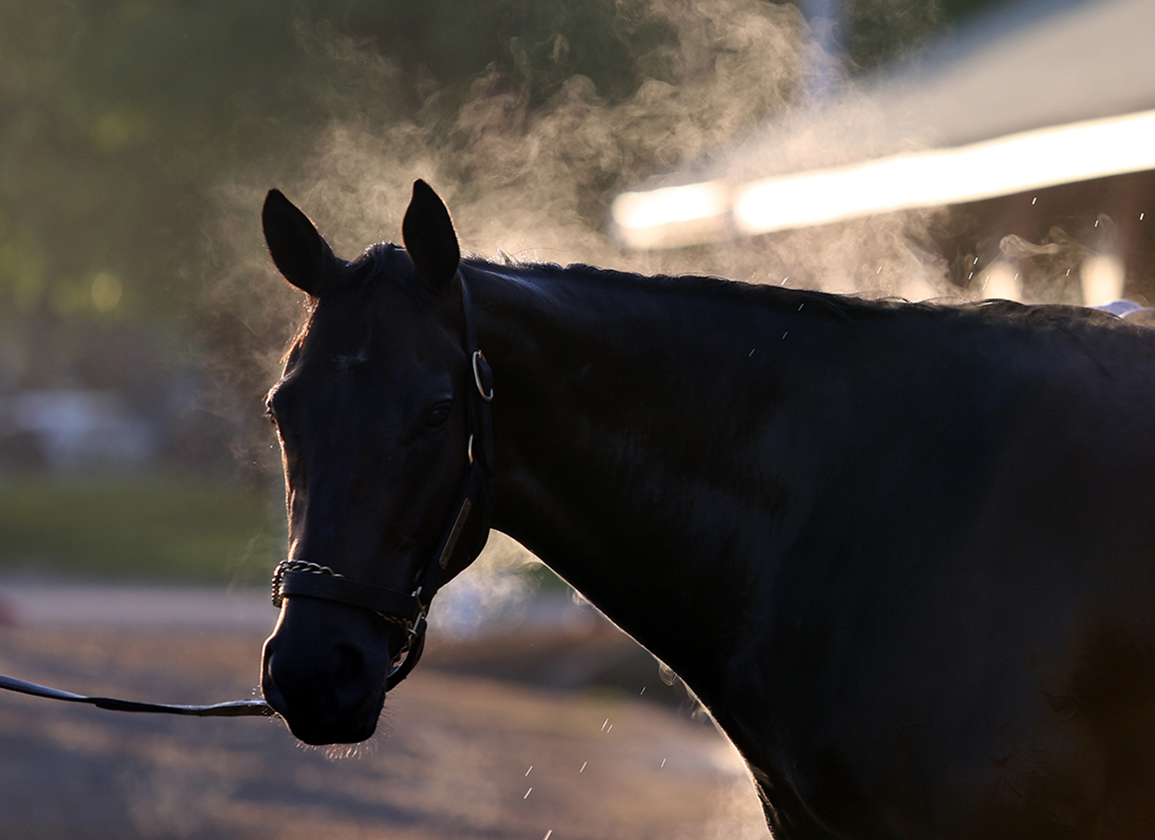By James Keane
In ages past horseracing was accepted as a part of global culture. Initially a pastime of the aristocratic, the invention of syndicates gave opportunity for working people to become a part of the sport. This was a goal that many strove towards and achieved during the twentieth century. The practices within the mystical realm of racing were not questioned; it simply was not done. The dawn of a new millennium has seen society change, animals have been humanised and a group within society now question our practices and the morality behind them. To maintain our social licence, our right to keep racing, we need to answer these questions and make the sport of horseracing a comfortable concept for the wider public.
These questions have been met with outrage and indignation by some within our industry, be they media, horsemen or otherwise. The suggestion has long been that we are pandering to a group that has no understanding of what we do, that cannot fathom the relationship between horse and human. While I agree that this group can lack balanced understanding and comprehension of our relationship with the horses in our care, the outrage and defensiveness we display at this questioning sets us on a dangerous path toward alienation.
A highlight of the British jumps calendar is the Grand National, run at Aintree on Saturday. It was designed as a four-mile-plus slog over daunting obstacles. Heralded as the “ultimate test of horse and rider” fatalities were commonplace until public and political pressure eventually forced the organisers to lessen the jumping test. This occurred in 2013, with the new fence design seeing a less attritional event showcased to the wider public. Still the statesmen lament “it's not the race it was”. Undoubtedly true, but surely a good thing, given the temperament of the wider public?
The whip has long been the subject of conjecture. The image of jockeys with raised swords in a finishing duel is a powerful one, for those unfamiliar with the nuances of horsemanship and horseracing. The adoption of the foam-padded, energy-absorbing whip approved for use in racing occurred in 2003 and 2007, for National Hunt and Flat racing, respectively. In 2011, after extensive research, the whip rules as we know them today were implemented in Great Britain. Recently the British Horseracing Authority (BHA) has conducted a public consultation on the use of the whip involving industry participants, non-industry stakeholders and the public, the results of which are due to be presented this month. This review is part of a larger policy being pushed by the BHA regarding equine welfare within horseracing. When this review was announced, we as an industry reacted with indignation at the thought of yet more change to this historical sport. Once again, it was expressed that people who have no knowledge of what we do are interfering.
The torrent of change is not limited to Europe or Great Britain. In America the passing of the Horseracing Integrity and Safety Act (HISA) will potentially see an almost complete overhaul in racetrack safety and anti-doping practices in the USA. The reaction from some of the racing community with the passing of this bill has been typically negative. Lawsuits are ongoing against HISA on the grounds of it being unconstitutional, while other industry participants rattle their sabres and cry out homeostasis. This is an industry where the predominant dirt surface sees a higher breakdown rate and regular medication violations. Surely the racing population should be glad of a law that will improve track safety for horses and implement a uniform code of testing and medication procedures? Is it the fear of the unknown? Full details of how the system will work and the financial implications behind it have yet to be revealed.
I have heard some people express the opinion that we need something, but that HISA is not the answer. My response to that is: well, what is? Nobody seems to have an answer to that one. Surely this is a step in the right direction. Even if it isn't the solution, it is a move toward a sport centred around equine welfare and integrity. A sport beyond reproach, one might say.
The twenty-first century seems to move at a pace that Frankel (GB) himself might struggle to lay up with. We face more issues than just those mentioned above. Changes are being made to regulation fences and hurdles across Britain. I think we can all agree that the establishment of the Retraining of Racehorses, Treo Eile and the Thoroughbred Aftercare Alliance is changing the public's perception on a thoroughbred's life after racing. Diversity is being encouraged and we are opening our doors to participants from all walks of life. Change is a concept that we must embrace. Change is a good thing, and because of it the industry today looks far different than it did in the 1980s and 1990s.
We are judged by the public; we all know the trial by social media concept. In reviewing our practices and changing, when necessary, we are not “pandering”. With global urbanisation, the distance between human and animal has grown. This distance has seen the formation of the animal rights groups, but the public majority neither supports nor denounces racing.
This is the group we are focusing on, and it is essential to our survival. Yes, more change is imminent. That doesn't mean we will capitulate on every point, but I would call on all our participants to welcome the opportunity. It is an opportunity to research and educate, it gives us a chance to ensure the survival and prosperity of both our industry and our sport.
James Keane is a Godolphin Flying Start trainee, and former Irish Junior National Eventing Champion.
Not a subscriber? Click here to sign up for the daily PDF or alerts.






